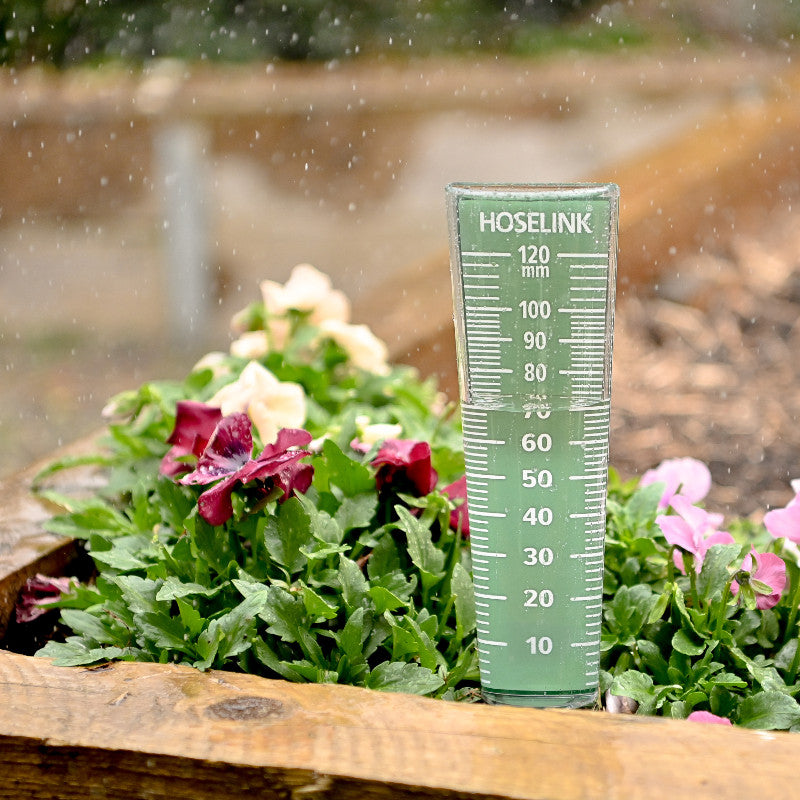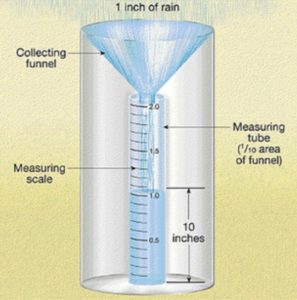Top Functions to Search For in a High-Quality Rain Gauge for Your Garden
Top Functions to Search For in a High-Quality Rain Gauge for Your Garden
Blog Article
Introducing the Science Behind Rainfall Evaluates: How These Devices Play a Vital Role in Climate Study and Environmental Monitoring
Rainfall evaluates, apparently straightforward gadgets, hold an extensive importance in the world of environment research study and environmental tracking. As we peel off back the layers of this scientific veil surrounding rain gauges, we discover a world where accuracy, data precision, and thorough observation converge to unveil a much deeper understanding of our changing environment and its impact on the planet.
Relevance of Rainfall Scales
Rainfall determines play an essential role in surveillance and determining precipitation degrees, giving necessary information for environment research study and analysis. These gadgets are basic in quantifying the quantity of rains that happens in a certain area over a specific period. By gauging and collecting rainwater, rain assesses offer valuable understandings right into the distribution and intensity of precipitation, assisting meteorologists, hydrologists, and climatologists in comprehending climate patterns and trends.
One of the crucial reasons rain assesses are critical is their capacity to supply localized and exact information. Unlike satellite or radar-based measurements, which supply more comprehensive observations, rain evaluates offer specific information particular to the place where they are positioned. This localized data is vital for numerous applications, consisting of flooding forecasting, dry spell monitoring, and water resource management. In addition, long-term data gathered from rainfall determines helps in examining environment modification impacts and patterns, adding substantially to clinical study and decision-making processes. Essentially, rainfall determines function as essential tools in the field of meteorology and environmental scientific research, playing a crucial function ahead of time our understanding of climate and environment dynamics.
Types of Rainfall Gauges

Capability and Operation
In the realm of climate study and atmospheric studies, the effectiveness of rain gauges lies in their elaborate capability and exact operational devices. Rainfall gauges are made to precisely measure the quantity of rainfall that falls over a details location during a set duration.
The performance of rainfall assesses is based on the concept of gauging and accumulating rainwater in a standard fashion. This accumulated information is crucial for recognizing regional weather patterns, tracking long-lasting climate patterns, and evaluating ecological impacts. To make certain exact dimensions, rainfall determines need to be purposefully put in open areas far from blockages such as structures or trees that can disrupt the collection process.
The functional aspect of rainfall gauges includes normal upkeep to avoid debris build-up, calibration checks to maintain measurement accuracy, and data videotaping for analysis (rain gauge). Overall, the performance and procedure of rainfall gauges are crucial for collecting reliable rainfall information crucial to environment study and ecological tracking
Duty in Climate Research Study
Provided the important relevance of accurate rainfall dimensions in understanding climate patterns and ecological impacts, the function of rain assesses in climate research is important. Rain gauges offer important information for climate study by quantifying the quantity of rainfall that tips over a certain location throughout a given period. This data is essential for checking long-lasting fads in precipitation patterns, examining the impact of climate modification on rains distribution, and boosting environment designs.

Environment scientists use information accumulated from rain evaluates to examine variants in rainfall degrees, determine local environment fads, and evaluate the effectiveness of water resource management strategies. By comparing historic rainfall data with present measurements, researchers can discover changes in rainfall patterns, such this hyperlink as adjustments in the frequency or intensity of rains events. This details is important for recognizing just how climate change is influencing precipitation characteristics and can aid policymakers make educated choices concerning adaptation and mitigation strategies.
Applications in Environmental Tracking

In flooding projecting, rainfall scale information helps to track rainfall strength and distribution, enabling authorities to release timely cautions and take essential actions to mitigate flooding risks (rain gauge). Dry spell monitoring relies upon rainfall scale information to evaluate wetness levels in the soil and track precipitation deficiencies, assisting in the recognition of drought-prone areas and the execution of dry spell action methods
In addition, rain scale information plays a crucial duty in water resource management by supplying information on water schedule and usage fads. This information is utilized to make enlightened choices relating to water allowance, preservation steps, and sustainable water resource planning. Furthermore, in agriculture, rain scale information helps farmers in enhancing irrigation schedules, plant selection, and total ranch administration methods based upon neighborhood precipitation patterns. Overall, rain evaluates are indispensable devices in ecological monitoring, providing useful understandings that contribute to informed decision-making and sustainable resource management.
Final Thought
Finally, rainfall assesses are essential tools for determining precipitation, providing useful data for environment research study and ecological monitoring. With numerous kinds and performances, rain gauges play an essential function in recognizing rainfall patterns and their use this link effect on the atmosphere. By properly determining rains, these devices add to the improvement of scientific knowledge and assistance in making informed choices pertaining to water resource monitoring and disaster preparedness.
Rain evaluates play a vital duty in monitoring and determining rainfall levels, offering vital data for environment study and analysis. The standard rain scale, known as the "tipping pail" scale, is one of the most frequently utilized gadgets. Ultrasonic rainfall evaluates usage audio waves to identify the visibility of rain, giving real-time information on rainfall degrees.Climate scientists use information accumulated from rainfall gauges to assess variations in precipitation levels, identify regional environment trends, and assess the performance of water source management strategies.In verdict, rain determines are vital devices for measuring precipitation, supplying beneficial information for climate research study and ecological surveillance.
Report this page